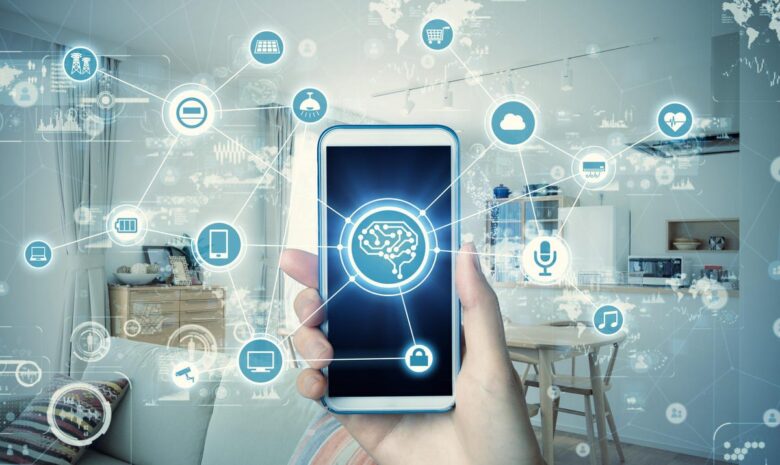The COVID-19 pandemic brought about many changes, some that are still standing and are likely to remain. One of the changes is that healthcare is not only in person now but is offered remotely as well. Insider Intelligence, an authority for medical statistics, estimates that at least 45.1 million patients within the US are currently using Remote Patient Monitoring (RPM) tools.
What is Remote Patient Monitoring?
Remote Patient Monitoring (RPM), also called Remote Patient Management, Health Monitoring, and Remote Physiologic Monitoring, is a method of healthcare delivery method that utilizes technology information to allow patient data to be collected in a healthcare setting.
The data is typically collected manually and then is entered into a system of Remote Patient Monitoring or may use devices such as fitness trackers or biosensors that gather health date. The data that is collected is securely sent to a healthcare provider or to another location where the data is entered into real-time update, assessed, and intervened.
Examples of RPM are vital signs, glucose readings, heart rates, and sleep patterns. By using tis system, patients can be under continuous care without being seen in-person. If you are concerned about exposure to COVID-19 or other viruses or diseases, RPM is your saving grace. Likewise, if you don’t wish to spend the time and energy to go into a clinic or doctor’s office, you can avoid doing so when you’re being treated remotely.
Available RPM Systems
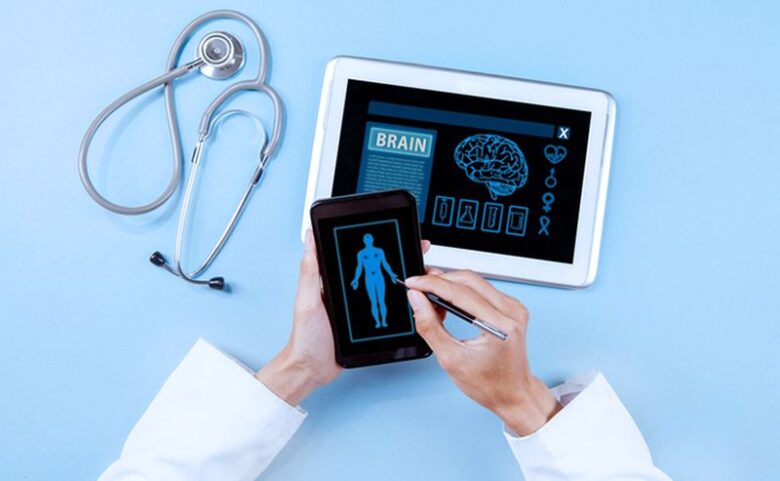
If you are going to be treated by a Remote Patient Monitoring system, you may encounter one or more of the following:
- A smart phone
- Mobile apps
- A tablet or computer
- Wearables such as a smart watch
Benefits of RPM
Some of the many advantages Remote Patient Monitoring bring are:
Security. If you have a condition that requires monitoring, such as diabetes or a heart condition, it’s nice to know that you can be looked after even when things in the world are uncertain like during the pandemic. RPM brings peace of mind.
Finances. Remote Patient Monitoring is typically less expensive because not only does a visit usually cost less remotely, but you also don’t have to spend the fuel to get to the appointment. The actual devices are often covered by insurance.
Accuracy. RPM provides accurate measurements which sometimes aren’t possible while at a doctor’s office. The devices can give readings while you are exercising whereas you generally aren’t physically exerting yourself while at a doctor’s appointment.
Convenience. Being able to be under constant monitoring without being in a doctor or hospital setting is very convenient.
Reach. Remote Patient Monitoring allows healthcare to reach patients whenever they need it – wherever they are. Where traditional means of monitoring come up short, RPM is there to fill in the void. In situations that would be impossible to monitor prior to the invention of RPM, such as keeping track of vitals while sleeping or during daily exercise, it is now possible to do so efficiently and effectively.
Remote Patient Monitoring vs Telehealth
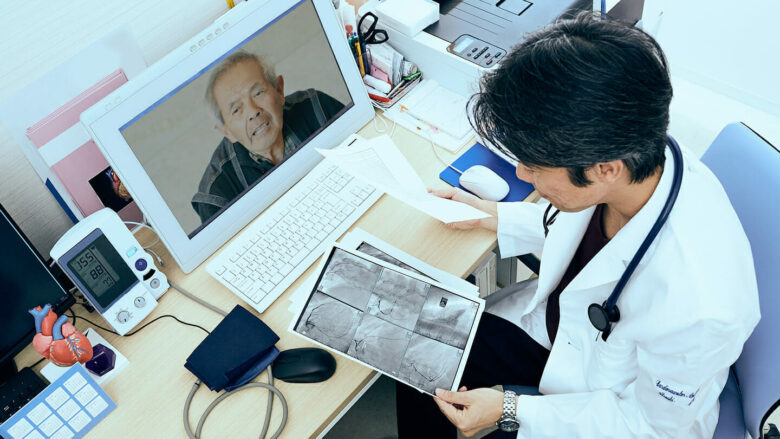
Remote Patient Monitoring and Telehealth are very similar. RPM falls under the umbrella of telehealth but is its own entity as well. That is to say that RPM is not all-encompassing where telehealth is concerned. A video doctor’s appointment can be conducted without using an RPM device, yet a telehealth appointment may utilize an RPM device. Telemedicine often relies on RPM but is not limited to using one.
Telehealth is defined as healthcare-related services that are delivered at a distance. Telemedicine, clinical care, public health administration, and patient education are examples of Telehealth – sometimes relying on an RPM device and sometimes not using one at all.
RPM, on the other hand, is a type of Telemedicine. It is more of a narrowly defined niche within the system. Delivery methods of RPM are typically uploaded or sent to a
History of RPM
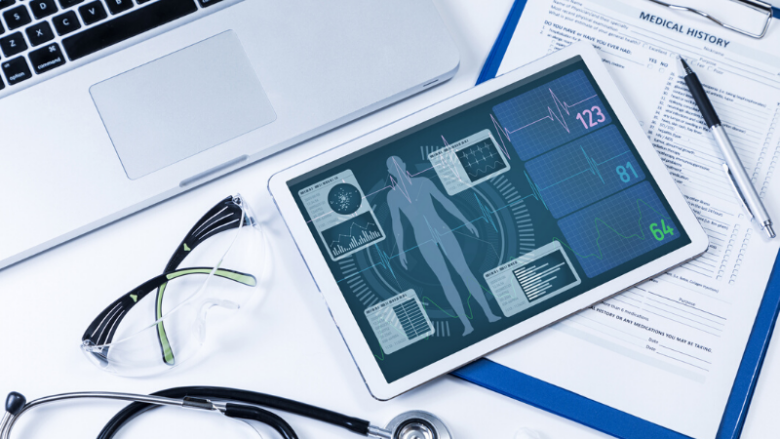
Remote Patient Monitoring originated in the late 60s when doctors starting transmitting EKG data across telephone lines. By the 70s, healthcare management was set up on a Native American reservation in Arizona via remote modes in hopes of establishing care for underserved patients in rural areas.
Today, remote healthcare is reaching many who might not otherwise be able to afford to come in for monitoring services. It is also being made possible for those who wish to extend their healthcare into areas such as constant supervision through smartwatches or wearables that have been made accessible through advanced technology.
Future Trends in RPM
The goal for the future is for RPM devices to become miniaturized so they are easier to carry and to use. Miniaturization also typically means that they will cost less because less material will be used in manufacturing them.
Personalizing Remote Patient Monitoring
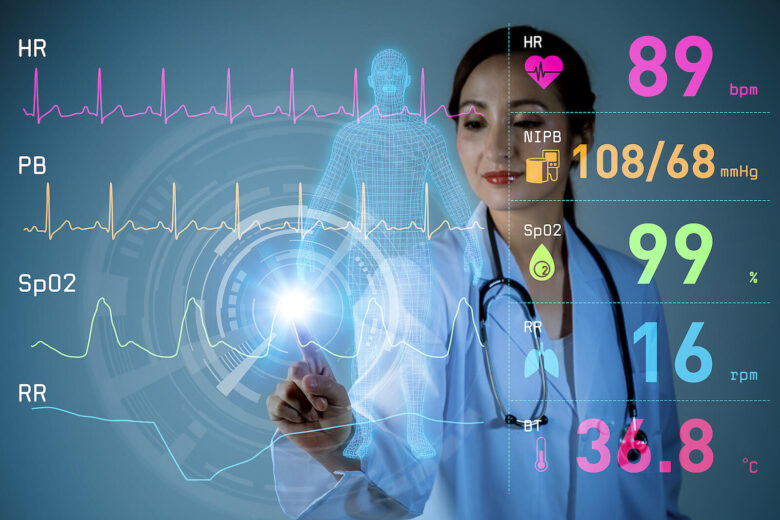
RPM affects many of us. The way in which it impacts our lives varies according to our needs and desires. Even those change throughout our lives.
Remote Patient Monitoring is something that can follow you throughout your life and is there as your needs change. Initially, you may be young – wanting to count calories or check vitals during exercise. Later, you may need monitoring during pregnancy, or your child may require some form of Remote Patient Monitoring. As you begin to get older, you may have surgery and need your vitals checked on a consistent basis once you go home to recuperate. As an elderly person, you may require monitoring on a different, more intense level. RPM is multifaceted and can fill your needs throughout your lifetime.
And, if another pandemic is in your future, you can be sure that RPM will be there for you – even better than it was before because it is a field that keeps growing and improving as time goes on.
How Do I Access RPM Devices?
There are multiple ways to acquire an RPM device. Depending on the device and what is being used for, your physician may prescribe one or provide it for you. Medical devices can be purchased on sites like www.AMEequipment.ca.

